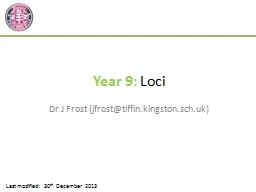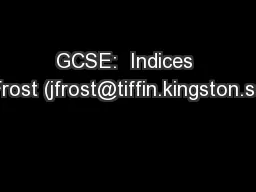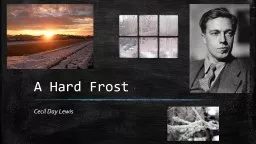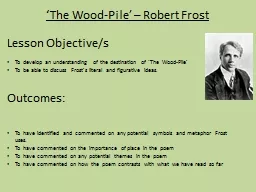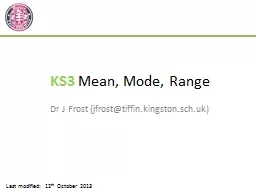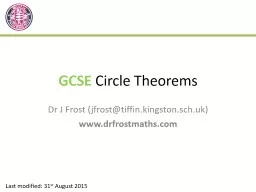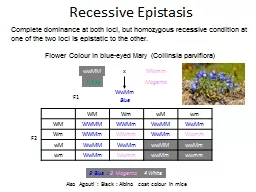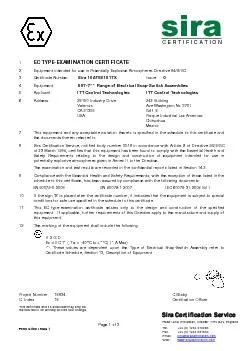PPT-Year 9: Loci Dr J Frost (jfrost@tiffin.kingston.sch.uk)
Author : shoffer | Published Date : 2020-11-06
Last modified 30 th December 2013 A locus is a set of points satisfying a certain condition Loci Thing A Thing B Loci involving Interpretation A given distance
Presentation Embed Code
Download Presentation
Download Presentation The PPT/PDF document "Year 9: Loci Dr J Frost (jfrost@tiffin...." is the property of its rightful owner. Permission is granted to download and print the materials on this website for personal, non-commercial use only, and to display it on your personal computer provided you do not modify the materials and that you retain all copyright notices contained in the materials. By downloading content from our website, you accept the terms of this agreement.
Year 9: Loci Dr J Frost (jfrost@tiffin.kingston.sch.uk): Transcript
Download Rules Of Document
"Year 9: Loci Dr J Frost (jfrost@tiffin.kingston.sch.uk)"The content belongs to its owner. You may download and print it for personal use, without modification, and keep all copyright notices. By downloading, you agree to these terms.
Related Documents

